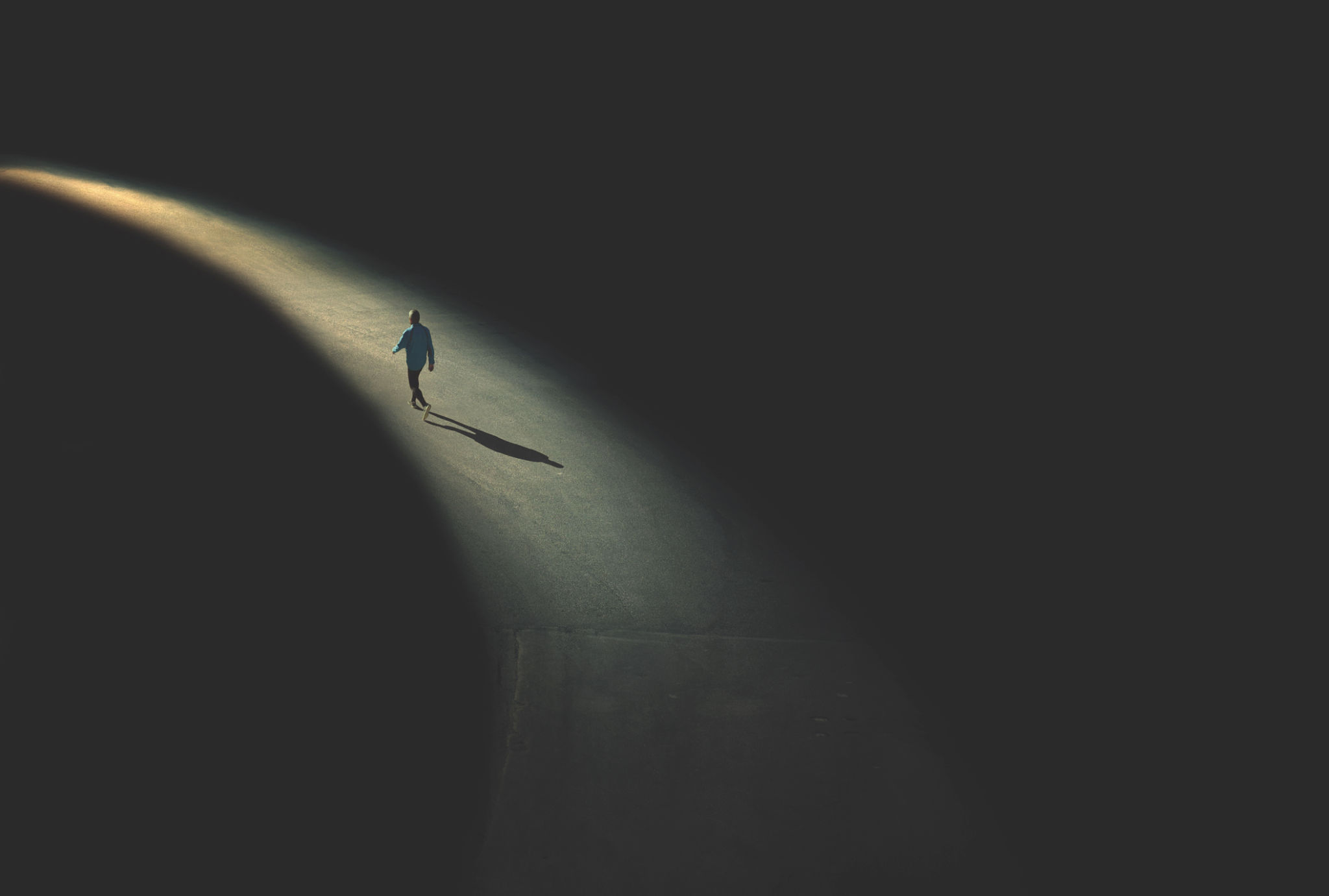Top 5 Lightweight Web Design Trends to Enhance User Experience
Embracing Minimalism in Web Design
In the ever-evolving world of web design, simplicity and efficiency are becoming increasingly important. As user expectations grow, there's a notable shift towards lightweight web design trends that enhance user experience. The goal is to create fast, intuitive, and aesthetically pleasing websites that cater to the needs of modern users. Let's explore the top five lightweight web design trends making waves today.

1. Micro-Interactions for Enhanced Engagement
Micro-interactions are subtle animations or design elements that guide users through a website, providing feedback and enhancing interaction. These small design features can significantly improve user engagement by making the browsing experience more intuitive and enjoyable. For example, simple hover effects or loading animations can make a website feel more dynamic without adding unnecessary bulk.
When implemented thoughtfully, micro-interactions can help users navigate more efficiently, offering them a smooth and satisfying experience. This trend is particularly beneficial for mobile users who expect quick and responsive interactions.
2. Minimalist Navigation
Another trend gaining traction is minimalist navigation. With users increasingly accessing websites via mobile devices, clutter-free navigation is crucial. Designers are now focusing on simplifying menus, often opting for hidden or collapsible navigation bars to keep interfaces clean and straightforward.
This approach not only enhances the aesthetic appeal of a website but also improves usability by reducing cognitive load on users. Prioritizing essential elements ensures that visitors can find what they're looking for without any hassle.

3. Fast Loading Times with Optimized Images
Fast loading times are a critical component of user experience. Slow websites can frustrate users, leading to increased bounce rates. To combat this, designers are optimizing images and other media by compressing files without compromising quality. This optimization reduces load times, ensuring that users can access content quickly.
Additionally, using responsive images that adapt to different devices helps maintain visual quality across platforms while minimizing data usage—a win-win for both designers and users.
4. Dark Mode Design
Dark mode has emerged as a popular trend, offering a sleek and modern look while also reducing eye strain for users. By providing an alternative color scheme, websites can appeal to a broader audience who may prefer darker aesthetics or require it for better readability in low-light environments.
This trend not only caters to user preferences but also enhances battery life on OLED screens, making it an environmentally friendly option as well.

5. Voice User Interface (VUI) Integration
As voice-activated devices become more common, integrating Voice User Interfaces (VUIs) into web design is becoming essential. VUIs allow users to navigate websites through voice commands, offering hands-free convenience and accessibility enhancements.
This trend is particularly beneficial for individuals with disabilities or those who prefer multitasking while browsing. By incorporating VUIs, designers can create inclusive experiences that cater to all users.
Overall, these lightweight web design trends are redefining user experience by prioritizing speed, simplicity, and accessibility. As technology continues to evolve, adopting these trends will be crucial for businesses aiming to stay ahead in the digital landscape.
